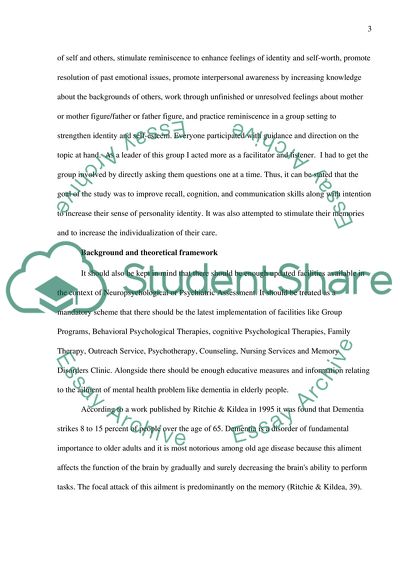Bureaucratic budgetary process Essay Example | Topics and Well Written Essays - 500 words - 1. Retrieved from https://studentshare.org/miscellaneous/1548774-bureaucratic-budgetary-process
Bureaucratic Budgetary Process Essay Example | Topics and Well Written Essays - 500 Words - 1. https://studentshare.org/miscellaneous/1548774-bureaucratic-budgetary-process.


